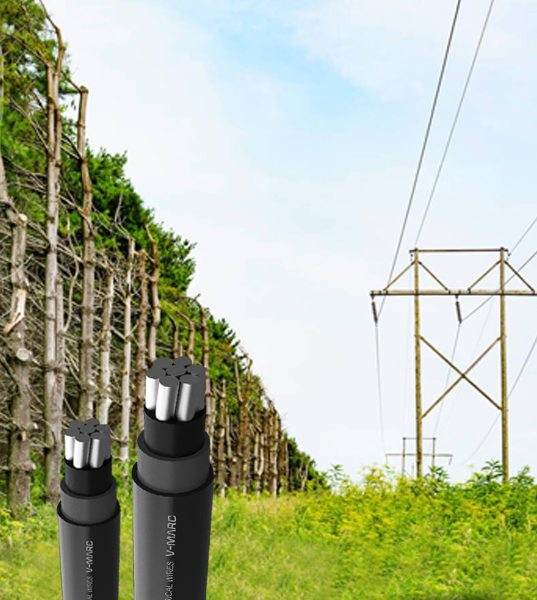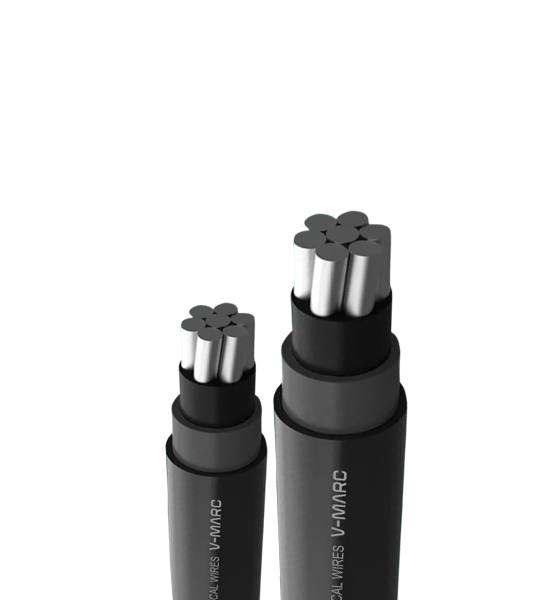NSE Live



Available Color
Available in other colors as per the customer’s requirements.
Medium Voltage Covered Conductors
V-MARC India Ltd. offers Covered Conductors compliant with IS:398(Part-II), IS:398(Part-IV), IEC:61089, EN 50397-1:2006, and BS EN 50182 standards. Designed to prevent wildlife electrocution, these conductors minimize electrical losses and ensure safe power transmission.
Standards
IS:398(Part-II), IS:398(Part-IV)
IEC :61089, EN 50397-1:2006
BS EN 50182
Standards
IS:398(Part-II), IS:398(Part-IV)
IEC:61089, EN 50397-1:2006
BS EN 50182
Description
Indian state utilities are making focused efforts for upgrading & strengthening medium voltage distribution lines in forest and wildlife sanctuaries to avoid fatal accidental death due to electrocution of wildlife birds & animals that come in contact with live overhead bare conductors. In the last few decades, we have noticed several electrocution cases in India.
As per data compiled by NGO Wildlife Protection Society of India (WPSI) between 2010 and 2020, around 1300 wild animals lost their lives due to accidental electrocution.
In various states such as Odisha, Kerala, Karnataka, Andhra Pradesh, Maharashtra, Gujarat, Assam, Tamil Nadu, Chhattisgarh, Jharkhand, Uttar Pradesh, Uttarakhand, etc., high animal fatalities due to electrocution.
The main concerns for the electrical utilities are:
- Power interruptions due to conductor slashing during wind and stormy conditions. Power interruptions due to contact of tree branches and creepers with live overhead conductors
- Electrocution of wild animals and ensuring safety in their natural habitat
- High operation and maintenance costs
- High electrical losses due to corrosion/oxidation of the open conductor
- Safety issue in congested residential areas
- Wide right-of-way
Conductor
Wires used in the construction of stranded conductors are either of aluminium alloy (AAAC) or aluminium alloy steel reinforced (ACSR) /Aluminium alloy with aluminium clad steel reinforced (AAAC-ACS) and are longitudinally water-tight by means of water blocking material. The water blocking material remains stable at 90℃. The water blocking material is put while stranding the conductor. Water blocking material is compatible with the conductor & conductor screen. It has not any adverse impact on the mechanical & electrical properties of the conductor & its screen.
Conductor Screen
A semiconducting polymer screen is kept over the conductor to minimize the stresses of the conductor by smoothing its surface. This semiconducting layer is kept under the extruded insulation.
Insulation
A layer of cross-linked Polyethylene (XLPE) is applied over the inner semiconducting screen as the main insulation.
Outer Insulation
On the insulation, a colored protective layer of UV-resistant XLPE/HDPE is applied with anti-tracking properties. The semiconducting screen, inner insulation, and outer insulation are extruded in one step, i.e., triple extrusion, to ensure a good, permanent bond among the three layers and also with the conductor.


.a0c37ae14e42a8824ea3.png)